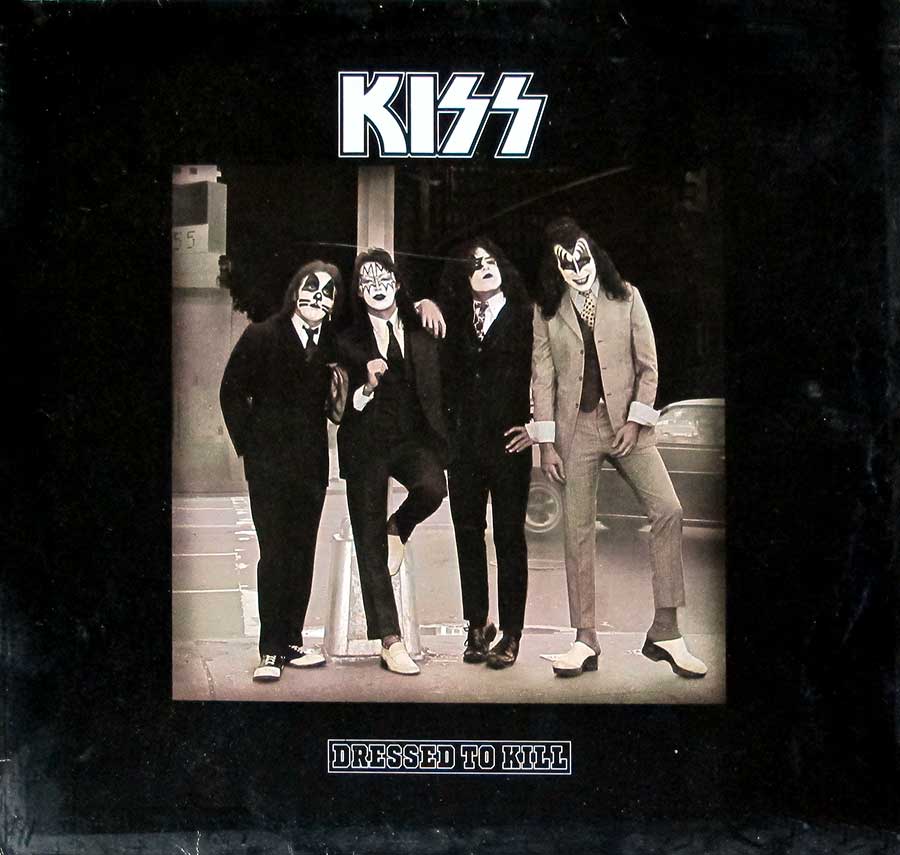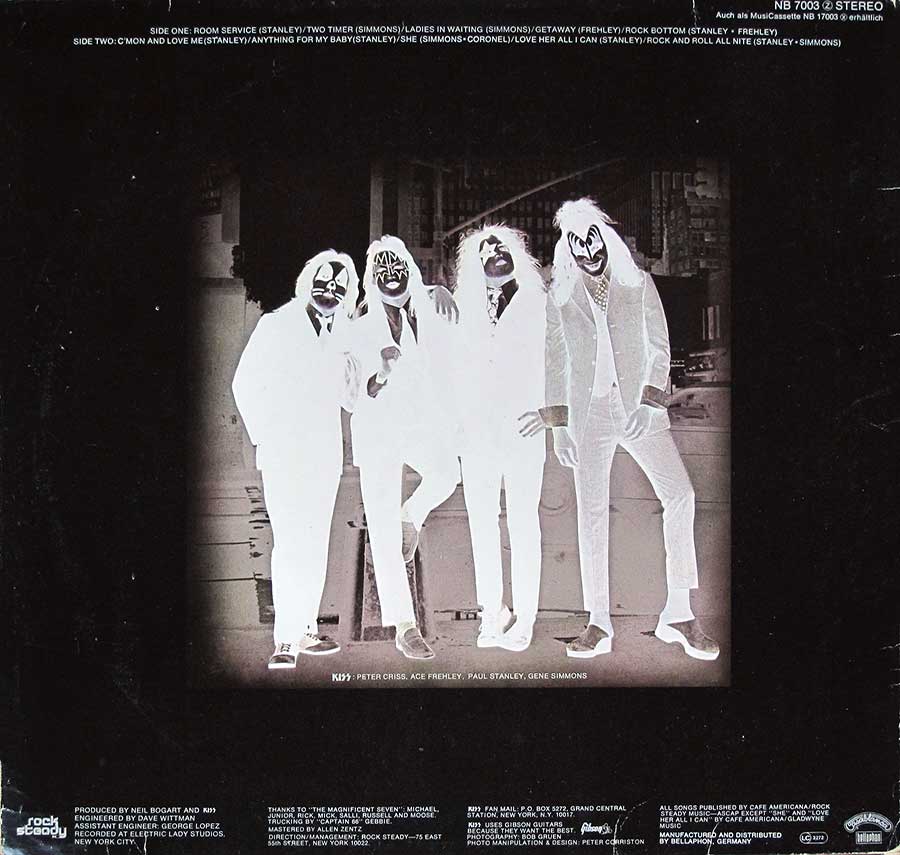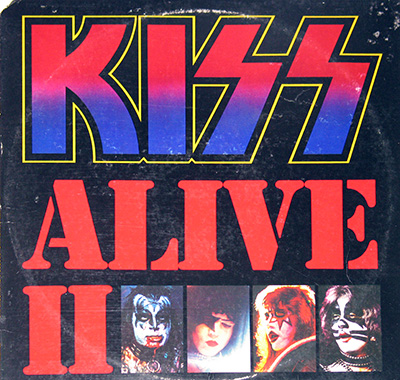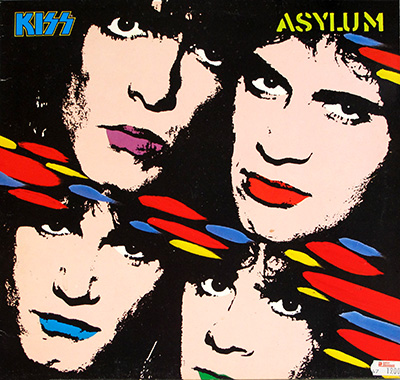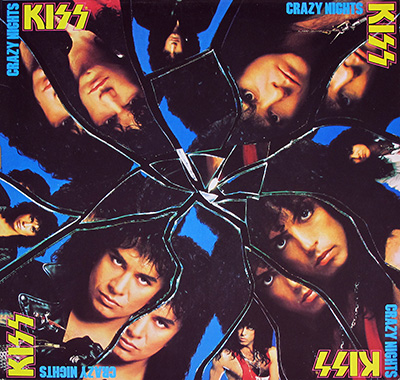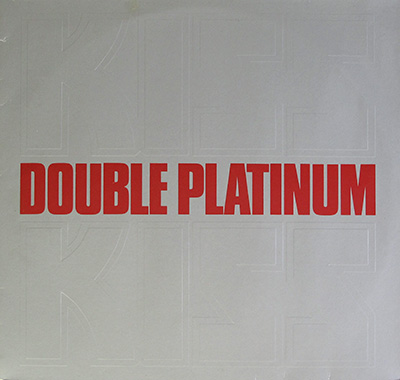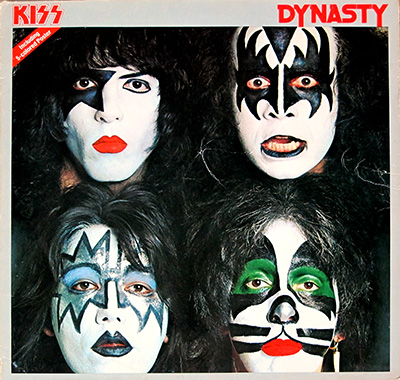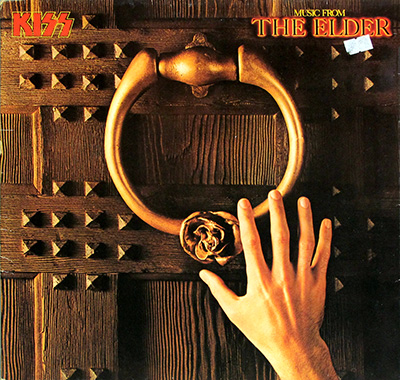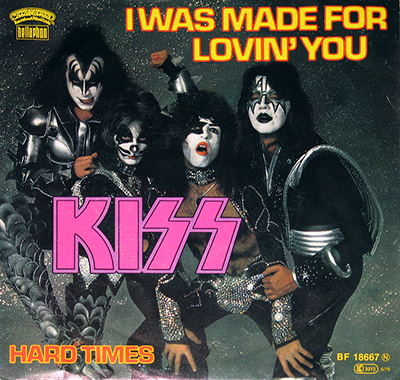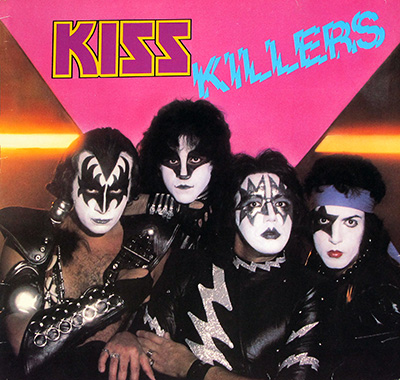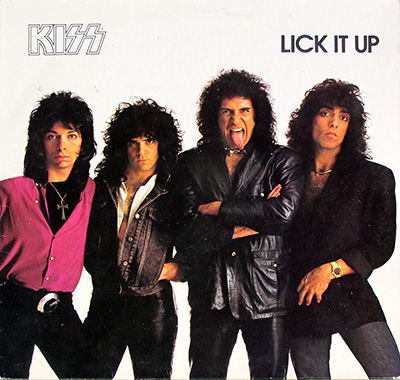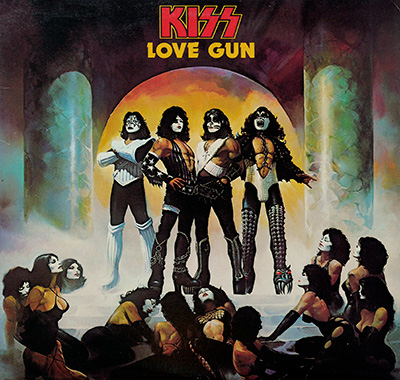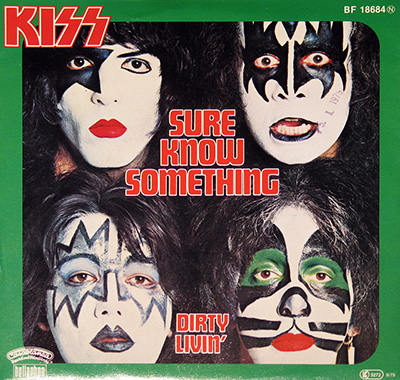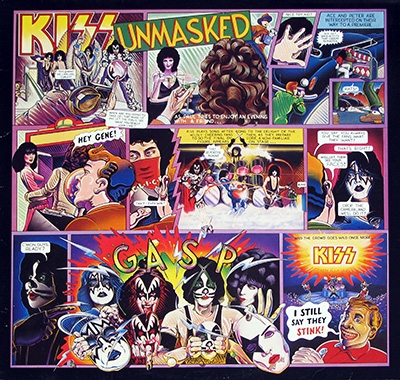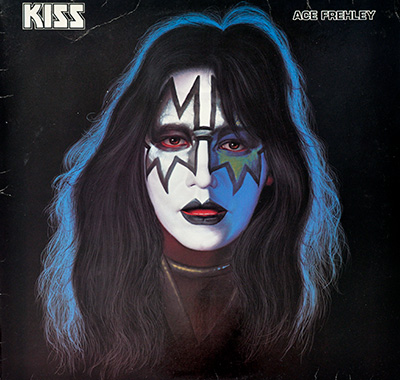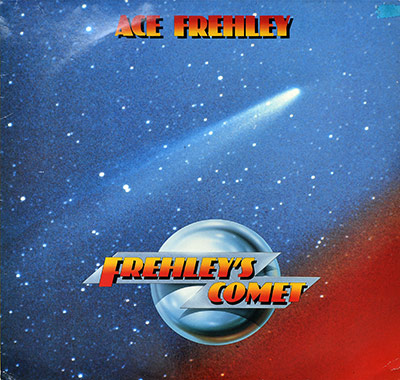Album Description:
Historical Context
In March 1975, when the album “Dressed to Kill” by KISS was released, the world—and especially the rock and roll scene—was in a state of transformation. The early 1970s blues-based hard rock sound was evolving into something sharper, flashier, and more theatrical. Stadium rock acts were dominating arenas, while punk was quietly bubbling up in the underground, and disco lights were beginning to spin across dancefloors.
For KISS, the timing was crucial. The band had already released two albums—“KISS” (1974) and “Hotter Than Hell” (1974)—that earned them a small but loyal fanbase. However, Casablanca Records, their label, was struggling financially. The band needed a breakthrough album to secure both their future and that of their record label. “Dressed to Kill” became that make-or-break project.
Elsewhere in music, giants like Led Zeppelin and Deep Purple continued to shape hard rock, while newer acts such as Thin Lizzy and UFO were refining the balance between heaviness and melody. KISS set themselves apart by embracing full theatricality: makeup, costumes, and a live show that combined spectacle with pounding riffs and anthemic choruses.
Genre Exploration and Peer Bands
“Dressed to Kill” stands firmly in the hard rock genre—tight, riff-driven, and built for stage energy. Compared to the darker, murkier production of “Hotter Than Hell,” this album sounds crisper and more accessible. The songs are shorter, with infectious hooks and strong vocal harmonies, tailored for radio play and live crowd participation.
While their peers often stretched songs into long jams or guitar showcases, KISS distilled the formula into three-minute bursts of energy. “Room Service,” “Two Timer,” and “C’mon and Love Me” show their knack for blending streetwise swagger with pop sensibility. The album closes with “Rock and Roll All Nite,” which would later become the band’s defining anthem—a distillation of their live energy and mission statement in one track.
Key Persons in Making the Recording
The album was produced by Neil Bogart, head of Casablanca Records, who stepped into the producer’s chair due to budget limitations. Recording engineer Dave Wittman and assistant engineer George Lopez worked at Electric Lady Studios in New York City. Mastering was done by Allen Zentz.
Photography for the album cover was by Bob Gruen, with photo manipulation and design by Peter Corriston. The iconic image of the band wearing business suits and full makeup—taken on a New York street corner—perfectly captured the contrast between their outlandish stage personas and the gritty urban world they came from.
The musicians themselves were at their peak:
- Paul Stanley – lead vocals and rhythm guitar.
- Gene Simmons – bass guitar and vocals.
- Ace Frehley – lead guitar and rhythm guitar on several tracks, including the guitar solo on “C’mon and Love Me.”
- Peter Criss – drums, percussion, and lead vocals on “Getaway.”
Band Historical Events and Line-up
KISS formed in New York City in early 1973 when Gene Simmons and Paul Stanley—fresh from their previous band Wicked Lester—joined forces with drummer Peter Criss and guitarist Ace Frehley. Together they developed their now-iconic characters: The Demon, The Starchild, The Catman, and The Spaceman.
By the time “Dressed to Kill” was recorded, this original lineup was still intact and firing on all cylinders. However, the band was under immense pressure to produce a commercial hit, as their earlier albums had not yet delivered major chart success. “Dressed to Kill” was recorded quickly, in just over two weeks, while KISS continued their relentless touring schedule.
The album became their final studio effort before the release of the live album “Alive!” later that same year, which propelled them into superstardom. However, it’s important to note that the band returned to the studio almost immediately afterward to record “Destroyer,” released in 1976—still with the same original four members. This period represents the creative and commercial peak of KISS’s founding lineup.
Controversies and Oddities
While “Dressed to Kill” didn’t stir major scandal, it came with its share of quirks and pressures behind the scenes. Neil Bogart’s decision to produce the album himself underscored Casablanca’s financial struggles. The band worked on a tight schedule and budget, resulting in an unusually short album—just over 30 minutes long.
The cover photo session also became legendary. The band, dressed in suits for the shoot, posed on a street corner in New York’s garment district in full makeup. There’s some debate about who actually owned their suit—some accounts say only Paul Stanley owned his, while others dispute this. Regardless, the image perfectly captures the juxtaposition of business formality and rock absurdity. Passersby reportedly barely noticed them—a humorous contrast to their growing fame.
Several tracks on “Dressed to Kill” trace their roots back to the band’s pre-KISS era. “She,” “Love Her All I Can,” and “Getaway” were all reworked from earlier material conceived during the Wicked Lester days, showing how the band mined its own past to forge its definitive sound.
Despite modest chart performance at first, “Dressed to Kill” laid the groundwork for KISS’s explosive rise. The release of “Alive!” later that same year—and the live version of “Rock and Roll All Nite”—transformed them from costumed curiosities into one of the biggest acts in rock history.
